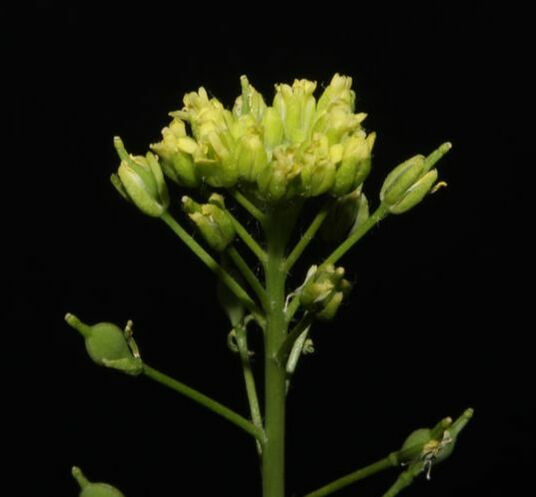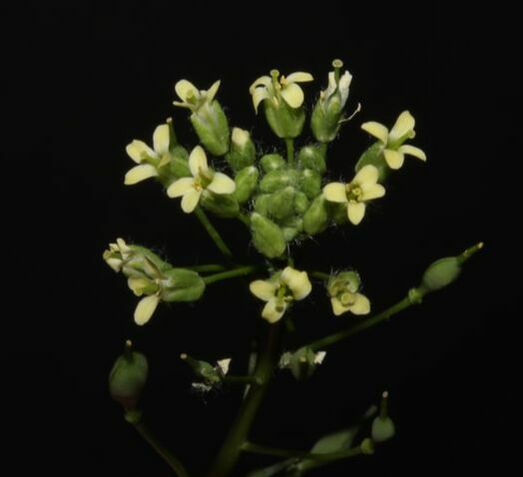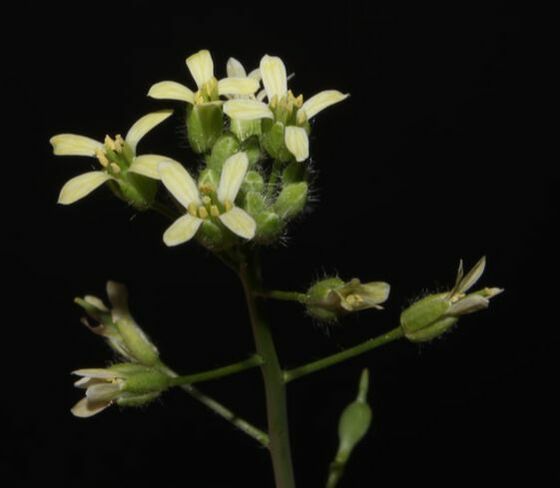|
I'm excited to say that years of work has finally culminated in the description of a new species of Camelina, C. neglecta, which may be a relatively common taxa in Europe. Because this species shares many morphological features with C. microcarpa and C. rumelica, its genomic distinctness was overlooked for hundreds of years. The type specimen was collected in Causse Méjean, Southern France in 1996. This area is a limestone plateau with Mediterranean-like climate. The area boasts many steppe flora, and resembles the environments in which other wild species of Camelina are known to occur in Europe, Turkey, and the Caucasus. Although this is a unique geographical area in France, we believe that C. neglecta likely occurs throughout Southern Europe. Infrequent evidence of 2n = 12 chromosome counts obtained across Europe for C. microcarpa, are almost certainly belonging to this taxon. My next step will be to conduct field expeditions across Southern Europe to obtain novel populations of C. neglecta for further research. Camelina neglecta inflorescence and developing fruits. Camelina microcarpa infloresence and developing fruits. Here the petals remain open and visible for some time before withering post-anthesis. Camelina rumelica infloresence, with relatively larger, showy petals, which fade to a creamy white. The key morphological characters of C. neglecta include reduced petal size, simple and forked trichomes on stems (pilose/crisped), and an increased ovule number (i.e. more seeds per fruit). Seeds of this taxon were found to be mucilaginous when wetted. Most importantly, this new species has a unique chromosome count (2n = 12) and genome size, indicating it is a diploid species (whereas C. rumelica and C. microcarpa are tetraploid and hexaploid, respectively).
On a trip to France in Fall 2018, I visited the herbarium at Bordeaux (BORD) to view the original specimen, and to my surprise the specimen never existed. Instead, only seeds from this elusive species were collected in Causse Méjean, and deposited in the herbarium's Index Seminum (seed bank). These seeds were given to the United States Department of Agriculture's National Plant Germplasm System, which provides researchers world-wide access to plant germplasm. This crucial work at the BORD herbarium wouldn't have been possible without the enthusiasm and support of my brother, and great friend Chris. Thanks for all the shenanigans! Read the publication for more details at: phytokeys.pensoft.net/article/31704/
0 Comments
|
AuthorJordan Brock Archives
November 2019
Categories |




 RSS Feed
RSS Feed